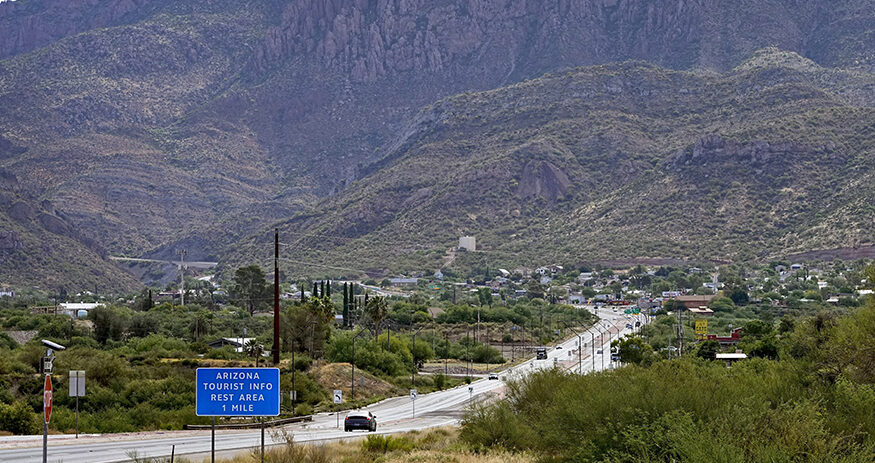Turquoise Alert: Arizona’s new system to find missing people
Howard Fischer, Capitol Media Services//July 10, 2025//
Turquoise Alert: Arizona’s new system to find missing people
Howard Fischer, Capitol Media Services//July 10, 2025//
Key Points:
-
Arizona launches “Turquoise Alert” system
-
System aims to find missing individuals under suspicious circumstances
-
Alerts to be broadcast on electronic signs, media and cell phones
Arizona is finally ready to roll out its new “Turquoise Alert” system designed to seek the public’s help when some people go missing.
The state’s participation in the system, approved by lawmakers earlier this year, was originally billed as helping to find Native Americans who have gone missing. It was named “Emily’s Law” to honor Emily Pike whose remains were found in February more than 100 miles from a group home she left in Mesa a month earlier.
But Capt. Tom Neve of the state Department of Public Safety said it is being implemented to allow these alerts — electronic highway signs, media broadcasts and cell phone notifications — to be sent any time someone goes missing under suspicious circumstances.
“They don’t have to be indigenous persons,” he said.
“But, ultimately, we do know that the plight of missing, murdered indigenous persons is real,” Neve said. “And certainly we’ve had people taken off of tribes in Arizona that the family didn’t know.”
More to the point, it is designed to fill the gap between Amber alerts that are triggered when a child is believed to have been abducted, and Silver Alerts meant to find those 65 and older who go missing, usually because of some cognitive impairment.
So far there have been no official Turquoise alerts issued. Neve said the guidelines are still being finalized.
“It doesn’t say it has to be an abduction,” he said. “But ultimately abductions between those ages would qualify.”
But Neve said it can be broader than that.
“Certainly, if they’re in the presence of a dangerous person, they went missing under suspicious or unexplained circumstances, and basically local law enforcement has exhausted all the resources they have in trying to locate that person, then they can make a request to DPS to put out a Turquoise Alert for that person,” he said.
And there’s some tweaking that may need to be done as the system is rolled out and messages are broadcast over the air and cell phones are alerted.
“Those are things we’re going to work through with our partners to make sure, Number One, that the alerts are effective in how they go out and are appropriate, and, Two, we’re not turning the public off by desensitizing or not having enough information when we’re pushing those out,” Neve said.
What that means, he said, is not creating an alert without having important information like the last known location, direction of travel, what they were wearing, and with whom they might be traveling.
“Those are things that are critical for us to share with the public so they can help us find those people,” Neve said.
Existing kinds of alerts, he said, have proven very successful.
“In most years, the recovery for Amber is 100% when one is done,” Neve said. “When it comes to Silver Alert, we’re at 98% of them being located and found.”
And he said he would expect Turquoise Alerts to have a similar success rate to those Silver Alerts.
Still, Neve said he couldn’t provide actual data about how many of these people were found because of the alerts, versus people who were located through other means.











































